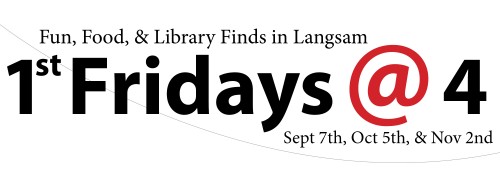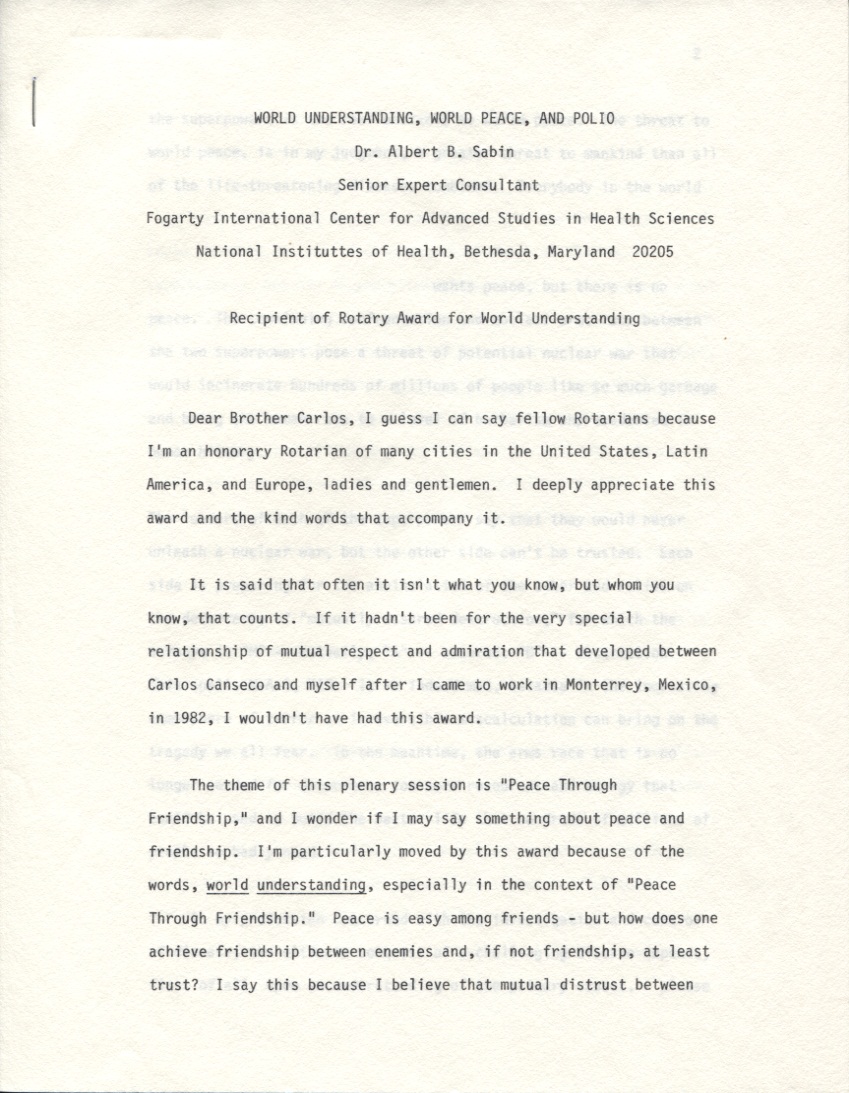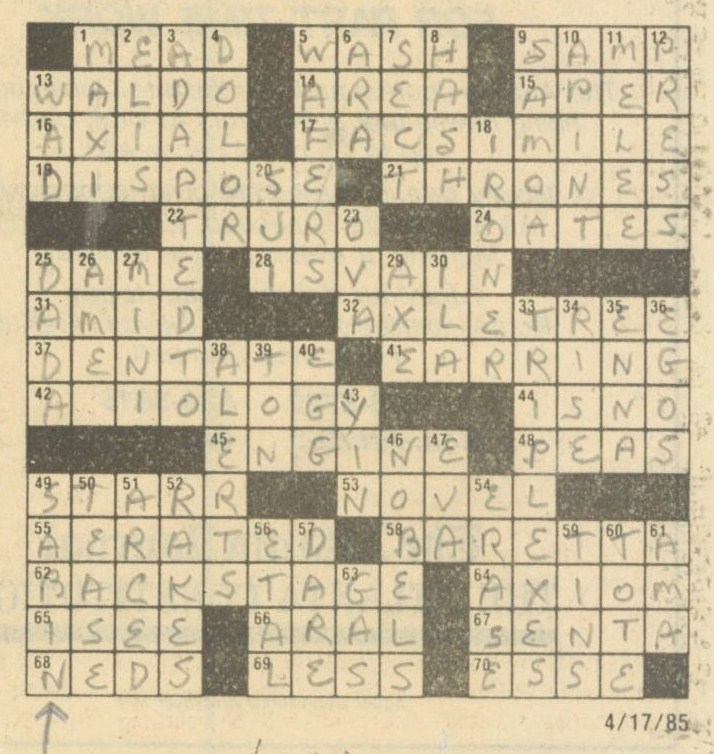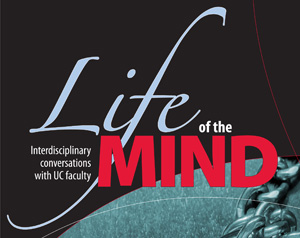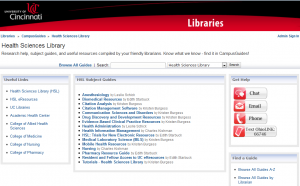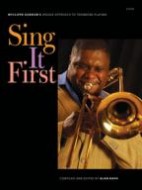Murder in the Library
Figure out whodunnit!
- What: Test your investigative skills and explore the library for clues to solve a murder mystery! Hope you don’t lose your appetite because PIZZA and DRINKS will be provided after the murderer has been found!
- When: Friday, November 2nd @ 4pm
- Where: Langsam Library (by the Triceracopter)
- Who: Any UC student who likes solving mysteries!
- How: Register at http://svy.mk/TctfZ8 (space for 36)
- ?s: Contact Debbie Tenofsky (tenofsdg@ucmail.uc.edu)

